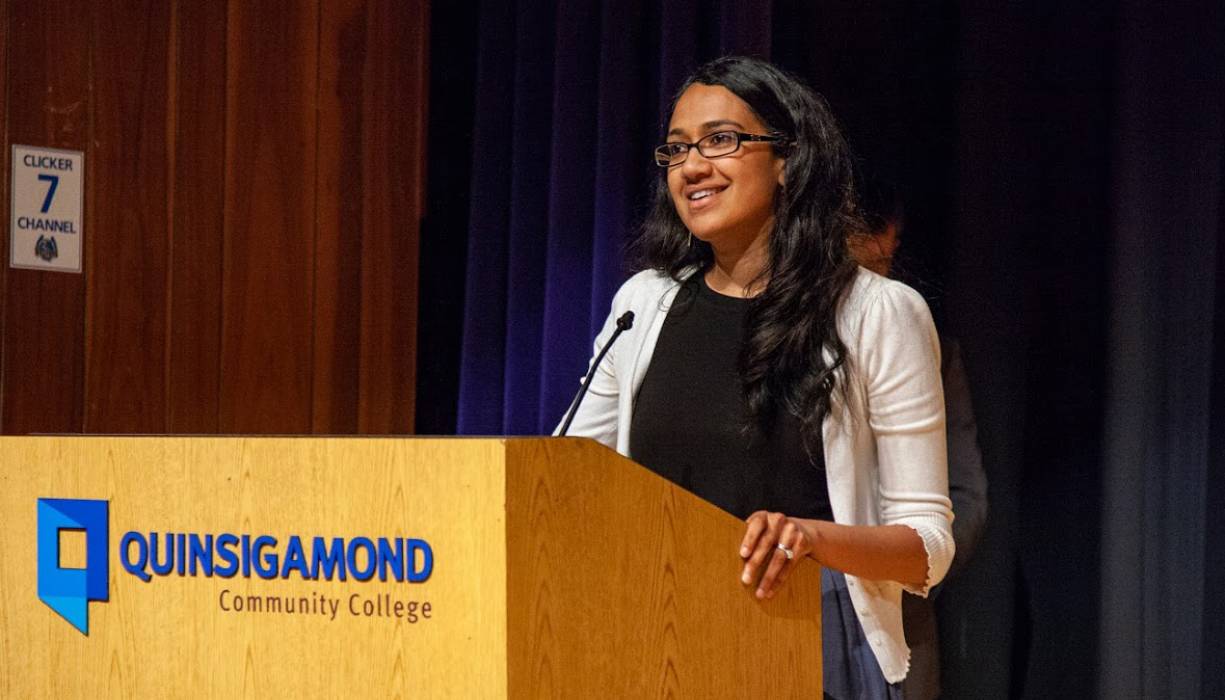You are here
QCC Professor Weighs in On Environmental Concerns
One of the most important things we can do for our planet is to radically reduce our CO2 emissions, since they are a major contributor to global climate change. There are many lifestyle choices that can help accomplish this, however one change that is very easy to implement in everyday life is the use of reusable shopping bags. According to Waste Management, Americans use a staggering 100 billion plastic bags each year, which requires 12 million barrels of oil to manufacture. The recycle rate is only 1 percent; the rest end up in landfills where they will remain for over 500 years. It is also important to note that while recycling plastic bags is much better than land-filling; recycling is an energy intensive process; so the best thing we can do is to reduce.
Paper bags also have a high carbon footprint because of the vast deforestation to manufacture them. Approximately 14 million trees are cut down annually to meet our demands for paper bags. Trees act as a carbon sink, which means they temporarily store carbon from the atmosphere, which lessens climate change. The recycling rate for paper bags is also low at 3-5 percent.
When we choose reusable shopping bags, we help reduce the carbon footprint of manufacturing, transporting, recycling, and land-filling paper and plastic bags. As a rule of thumb, the more times a product is reused, the lesser the footprint. Any single use item is going to have a larger ecological footprint than a reusable one.
Globally, we can make a huge difference in how we impact the environment. Staying out of the waste stream by reducing and reusing will help decrease deforestation, litter, and plastic contamination. So the real answer to “paper or plastic” is: neither, I brought my own.
*This article was written by Environmental Science Professor Anita Soracco.

